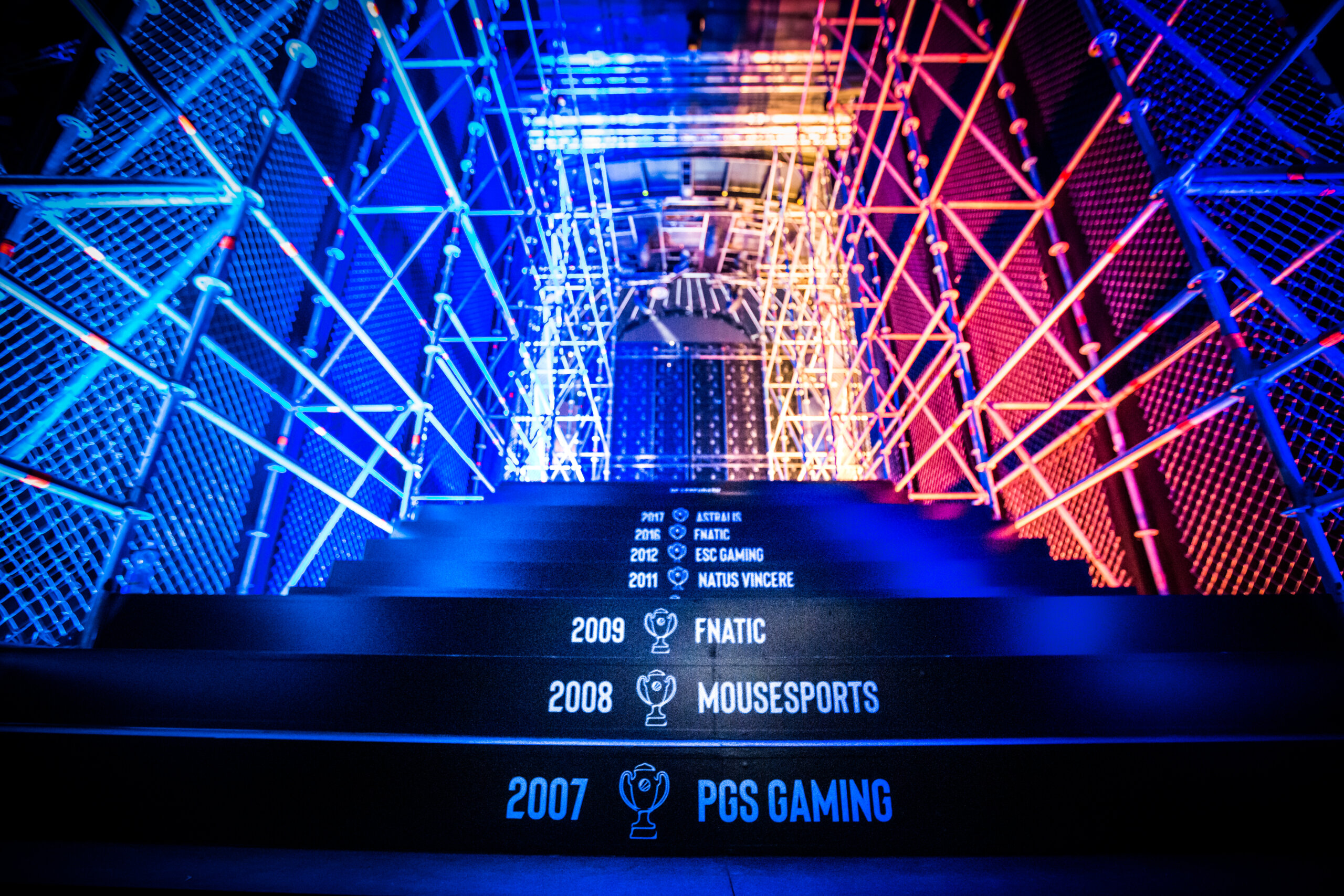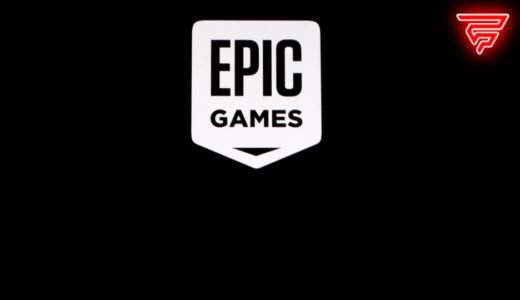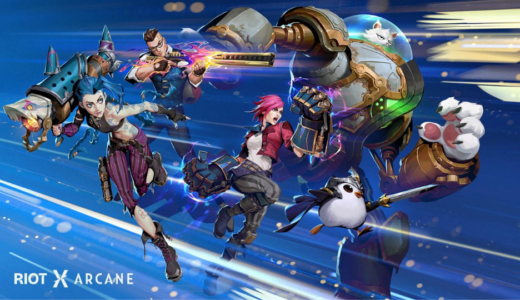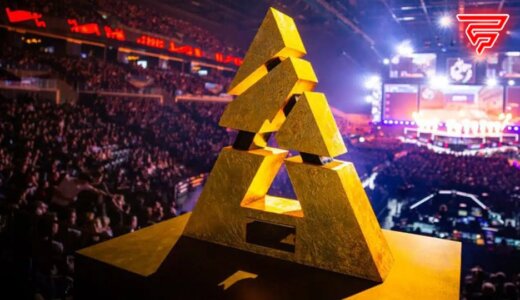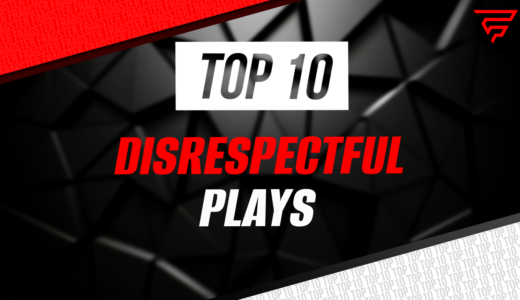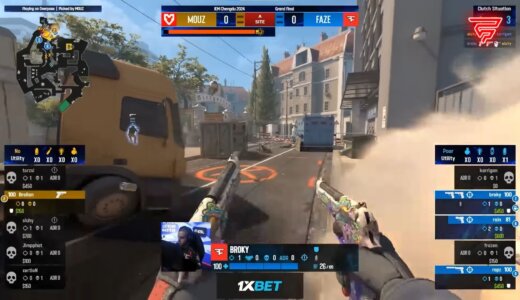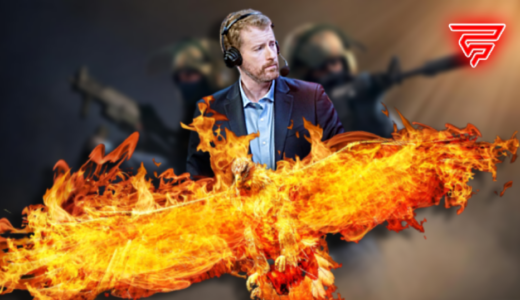Counter-Strike: Global Offensive, also known as CS:GO, is the latest installment in the Counter-Strike series. This game may not be the largest, but it’s definitely the most prestigious FPS in the world, having a lot of great characteristics: its history is impressive, its community is large (in the tens of millions), it’s easy to learn but very difficult to master, and the professional scene built around it is flourishing.
CS:GO History and Community
CS:GO was released in 2012 and it didn’t go smoothly. The game was full of bugs and imbalances that needed time to be solved. Another issue was similar to the one that Blizzard encountered when they launched StarCraft 2. StarCraft 1 had already built a large community for itself in the decade that had passed since its launch. And not everyone was willing to make the switch. The same thing happened with CS:GO, except Valve’s game had a lot more issues when it was released. Imagine how skeptical were the pro players about the whole project if Ninjas in Pyjamas enjoyed several years of total esports dominance before the other organizations finally made the big move.
Because it’s owned by Valve and has more than 20 years of history behind it, the Counter-Strike franchise is well-supported and has a bright future. Personally, I don’t think we’ll see a new version of Counter-Strike in the next 5-10 years, because the one we have right now is very well built. The only thing it’s lacking is a revolutionary anti-cheat system that can eliminate the cheating problem. Other than that, this is a very solid game with an entire ecosystem built around it: journalists, content creators, tournament organizers, sponsors, hundreds of professional teams, and much more.
In April this year (2020), the game reached an all-time high of 857,000 average players (concurrent) and a peak of 1,300,000 players. That practically means that CS:GO’s community was twice as large as Dota’s in April, or around 18-20 million people.
CS:GO Guide
CS:GO is played 5v5. The customization is not like in other games, at the level of the character, but rather at the level of the weapons. In effect, everyone plays the same standard character and his role, Terrorist or Anti-Terrorist, is his only distinctive feature. Of course, apart from the usual cosmetics. Terrorists have access to a slightly different set of weapons than Counter-Terrorists, as well as different objectives inside the game. But other than that, there are no special abilities or special attributes that make your character unique.
Gameplay
CS:GO’s gameplay revolves around one simple element: the bomb. Every round has a timer (around 2 minutes) and the Terrorist team’s job is to plant the bomb and make sure it explodes. That’s their win condition. Another win condition is to kill the entire enemy team. If neither of those two conditions is reached, the Counter-Terrorists win by default.
CS:GO’s rules put pressure on the T side (or Terrorists side) to make moves around the map, while the CT side is on the defensive. The CTs have the advantage of being the ones to hold the important positions on the map and deter any assault attempts with weapons and grenades. The T side has the numbers advantage, because they usually go as a unit of 4 or even 5, while the CTs need to spread their forces around the map to protect not one, but two bomb locations.
Each map has an A point and a B point where the bomb can be planted. Once it’s been planted, it explodes in 45 seconds. And to defuse it you need 5 or 10 seconds (depending on whether you have a defuse kit or not). So the CTs need to eliminate the Terrorists or guarantee one of their players 5-10 seconds in which he can defuse the bomb without getting killed in the process. This is often difficult to achieve, so the idea for the CT side is to not allow the Terrorists to plant the bomb in the first place.
In CS:GO, the two teams switch sides after 15 rounds and the map ends when one of the teams reaches 16 rounds. In professional matches, if it’s 15 – 15 at the end, extra rounds (in sets of 6) will be played until someone wins.
Equipment
CS:GO rewards teams for winning rounds and players for making kills. The team that wins a round gets a lot more in-game money than the other. In turn, this money is then used to buy superior equipment: guns, grenades, kevlar etc. By default, each player only gets a pistol. Players can collect guns from dead players or can offer each other guns if they choose to. So the situation is one in which sharing is allowed and even encouraged. But this only applies to guns and the bomb. Other pieces of equipment, such as grenades, are not tradeable.
Usually, the team with the best equipment wins. And in order to make a full buy, teams often sacrifice rounds to gather enough money. Otherwise they’d only have the resources to buy insufficient equipment at the start of each round and risk losing it because of that. When you assault or defend a position, if you’re not well equipped, your chances of winning are slim.
Maps
Another element that makes CS:GO diverse and enjoyable to play and watch are the maps. At the pro level, 7 maps are in use and teams either pick or ban them, depending on their preferrences. Each map is completely different and mastering a map takes a lot of time. You need to learn every angle, every route, and then devise tactics and strategies that make sense. That’s not easy. And as a result, teams will often train on several maps and seek to ban the others. Because you can’t reach mastery on every single map unless you have many years of experience in the game.
Some of the most famous maps in CS:GO are Inferno, Train, Mirage, Nuke, Overpass, Dust II, and Vertigo.
Photo credit: IEM|Helena-Kristiansson
